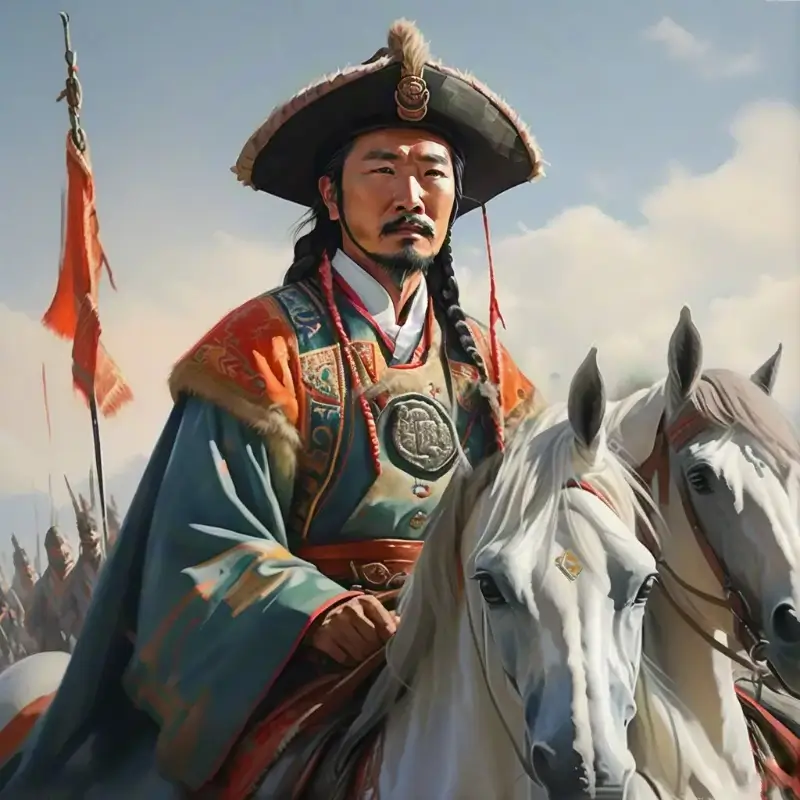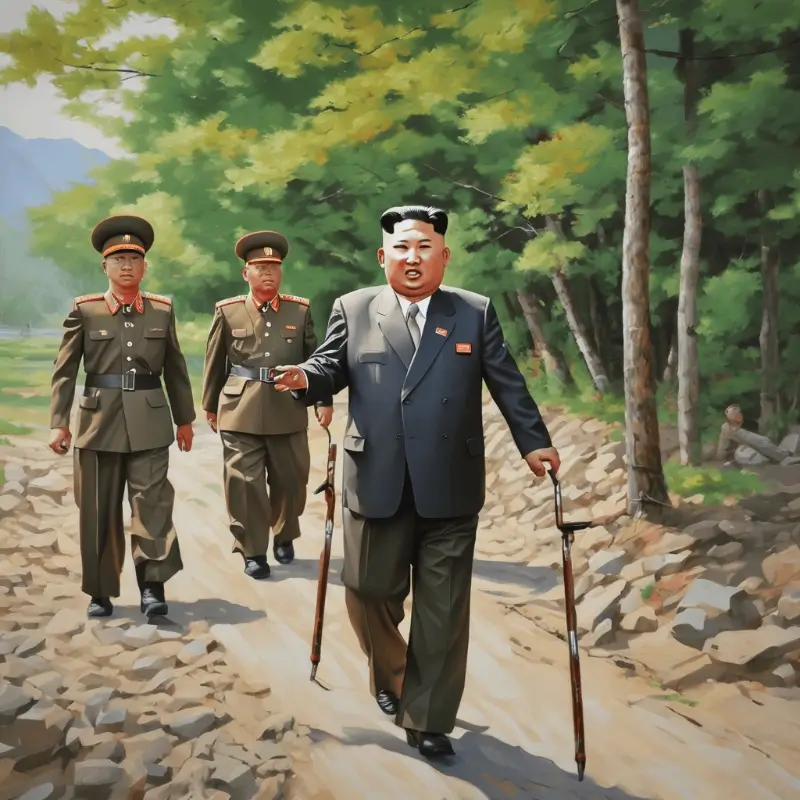why was Genghis Khan able to build a huge empire?
The Mongol Empire, established by Genghis Khan in the 13th century, was one of the largest empires in history. At its peak, the empire encompassed a vast territory of approximately 11 to 12 million square miles (28 to 31 million square kilometers). This territory included parts of Eastern Europe, Central Asia, and East Asia.
The Mongol Empire incorporated a diverse range of regions and modern-day countries. Some of the areas included in the empire, which are now part of different states, were:
- China (parts of it)
- Mongolia
- Russia (parts of it)
- Kazakhstan
- Kyrgyzstan
- Tajikistan
- Turkmenistan
- Uzbekistan
- Azerbaijan
- Armenia
- Georgia
- Turkey (parts of it)
- Iran (parts of it)
- Iraq (parts of it)
- Syria (parts of it)
- Afghanistan
- Pakistan (parts of it)
- India (parts of it)
It’s important to note that the Mongol Empire did not have administrative boundaries that directly correspond to modern-day countries. The empire was organized into different khanates orulus, which were ruled by Mongol princes and often encompassed a wide range of territories that are now part of different states. Over time, the empire fragmented into separate successor states, some of which lasted for several centuries after the decline of the original Mongol Empire.
Genghis Khan’s ability to build a vast empire can be attributed to a combination of factors, including his military genius, political strategies, technological advancements, and the social and economic conditions of the time. Here are some key reasons for his success:
- Military Tactics and Leadership: Genghis Khan revolutionized military tactics by using innovative strategies such as the feigned retreat, which lured enemies into pursuing them into ambushes, and the use of mobile cavalry, which allowed his army to move quickly and strike with unexpected force. His leadership and ability to inspire loyalty among his warriors were also critical to his military successes.
- Unification of the Mongols: Before Genghis Khan, the Mongolian tribes were fragmented and often at war with each other. Genghis Khan managed to unite them, creating a cohesive and powerful force that could be directed against external enemies.
- Weakness of Neighbor Nations: The regions bordering Mongolia, including China, Persia, and the Islamic world, were not politically stable at the time. Genghis Khan capitalized on the internal conflicts and weaknesses of these nations to expand his empire.
- Adaptability and Strategy: Genghis Khan and his generals were able to adapt to the terrain, climate, and tactics of the regions they conquered. They learned from the technologies and strategies of the people they defeated and incorporated them into their own arsenal.
- Infrastructure and Communication: Genghis Khan established a sophisticated communication system, the Yam, which allowed for rapid deployment of forces and efficient administration of the empire. This enabled him to maintain control over his vast territories and respond quickly to rebellions or threats.
- Economic Incentives: He provided economic incentives for his warriors, such as the promise of plunder and land, which motivated them to fight fiercely and risk their lives in battle.
- Centralized Administration: Genghis Khan created a centralized administration that allowed for the efficient collection of taxes, the deployment of resources, and the administration of justice. This helped to maintain stability within the empire.
- Cultural Tolerance: Unlike some other conquerors, Genghis Khan generally allowed conquered people to maintain their own cultures and religions, which helped to prevent widespread resistance to his rule.
- Legacy and Myth: Genghis Khan’s life and achievements were surrounded by myth and legend, which continued to inspire loyalty and fear among his subjects even after his death.
- Succession Planning: Although Genghis Khan did not live to see the full extent of his empire, he established a strong tradition of leadership and a system of succession that allowed his empire to continue to expand and thrive for several more generations under his successors, the Great Khans.
Genghis Khan’s empire laid the groundwork for the Mongol Empire’s later expansion under his grandson Kublai Khan, who would go on to establish the Yuan Dynasty in China and rule over a vast swath of Asia.



